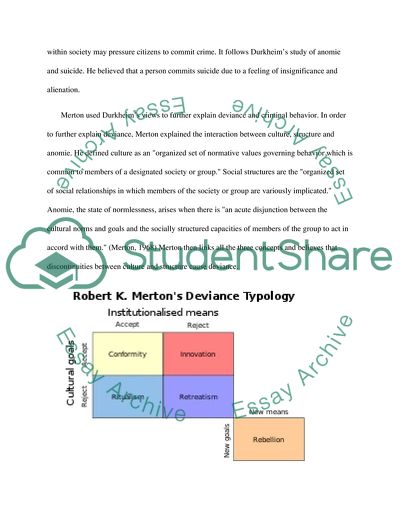Cite this document
(Theoretical Dimensions Involving Criminal Behavior Research Paper - 1, n.d.)
Theoretical Dimensions Involving Criminal Behavior Research Paper - 1. https://studentshare.org/social-science/1754475-theoretical-dimensions-involving-criminal-behavior
Theoretical Dimensions Involving Criminal Behavior Research Paper - 1. https://studentshare.org/social-science/1754475-theoretical-dimensions-involving-criminal-behavior
(Theoretical Dimensions Involving Criminal Behavior Research Paper - 1)
Theoretical Dimensions Involving Criminal Behavior Research Paper - 1. https://studentshare.org/social-science/1754475-theoretical-dimensions-involving-criminal-behavior.
Theoretical Dimensions Involving Criminal Behavior Research Paper - 1. https://studentshare.org/social-science/1754475-theoretical-dimensions-involving-criminal-behavior.
“Theoretical Dimensions Involving Criminal Behavior Research Paper - 1”. https://studentshare.org/social-science/1754475-theoretical-dimensions-involving-criminal-behavior.


